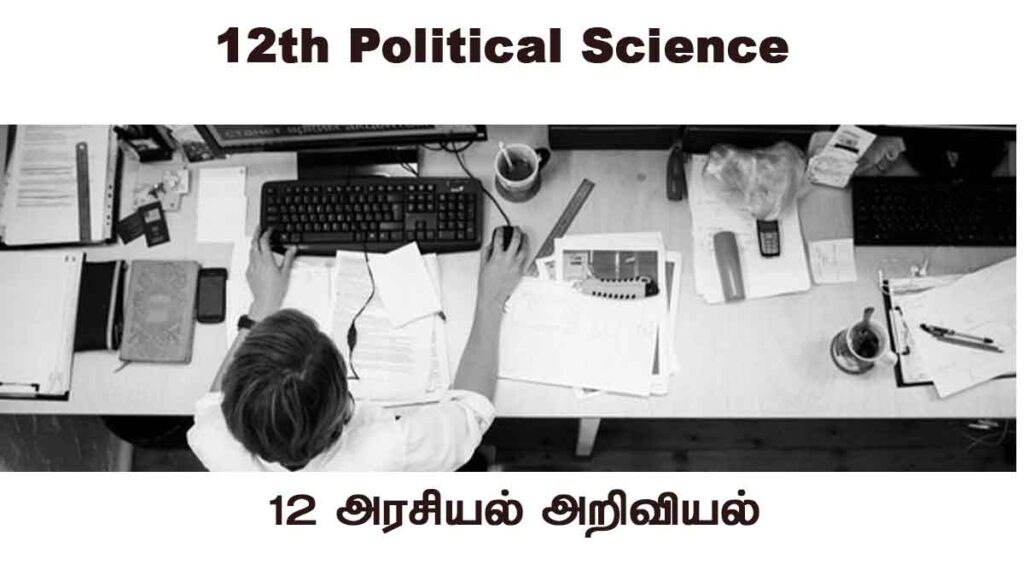
Choose the correct answer:
- Which of the following is not an organ of the government?
(a) Legislature (b) Bureaucracy
(c) Executive (d) Judiciary - Which of the following is described as the protector of the federation?
(a) Legislature (b) Executive
(c) Judiciary (d) Cabinet
3.Who among the following was considered ‘the fountain of justice’ in Ancient India?
(a) Monarch (b) Senapathi
(c) Chief Minister (d) Chief Justice
- Who among the following was the supreme judicial authority in Medieval India?
(a) Sultan (b) Qazi-ul-Quzat
(c) Chief Justice (d) Mufti - Which of the following was the Department of Justice established during the Mughal era?
(a) Nazim-e-Subah (b) Mahukma-e-Adalat
(c) Diwan-e-Subah (d) Qazi-e-Pargana - Which of the following punishments was imposed for cases relating to homicide?
(a) Hadd (b) Qisas
(c) Tazir (d) None of the Above - Which of the following Charter authorized the East India Company to exercise judicial authority over
Bombay?
(a) Charter of 1661 (b) Charter of 1813
(c) Charter of 1688 (d) Charter of 1853 - Who among the following Charter applied only to the Madras Presidency with regard to the
establishment of a Mayor’s Court?
(a) Charter of 1687 (b) Charter of 1726
(c) Charter of 1813 (d) Charter of 1661 - Which of the following empowered the Crown to establish the Supreme Court of Judicature in
Calcutta?
(a) Charter of 1774 (b) Regulating Act of 1773
(c) Cornwallis Code (d) Charter of 1726 - In which year was the Federal Court inaugurated?
(a) 1937 (b) 1936
(c) 1935 (d) 1932 - Which of the following refers to a theory of judgement that takes into account the spirit of the law and
the changing times?
(a) Judicial Review (b) Judicial Activism
(c) Judicial Restraint (d) None of the Above - Which of the following is an alternative dispute resolution mechanism in India?
(a) Supreme Court (b) High Court
(c) District Courts (d) Lok Adalats - Which of the following Articles empowers the High Courts to issue writs?
(a) Article 226 (b) Article 227
(c) Article 228 (d) Article 229